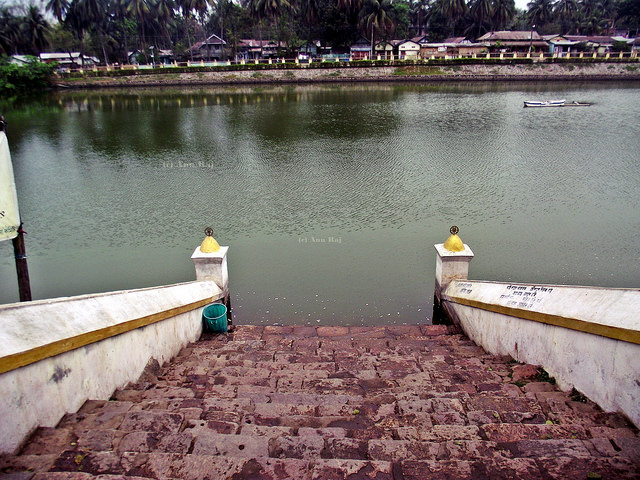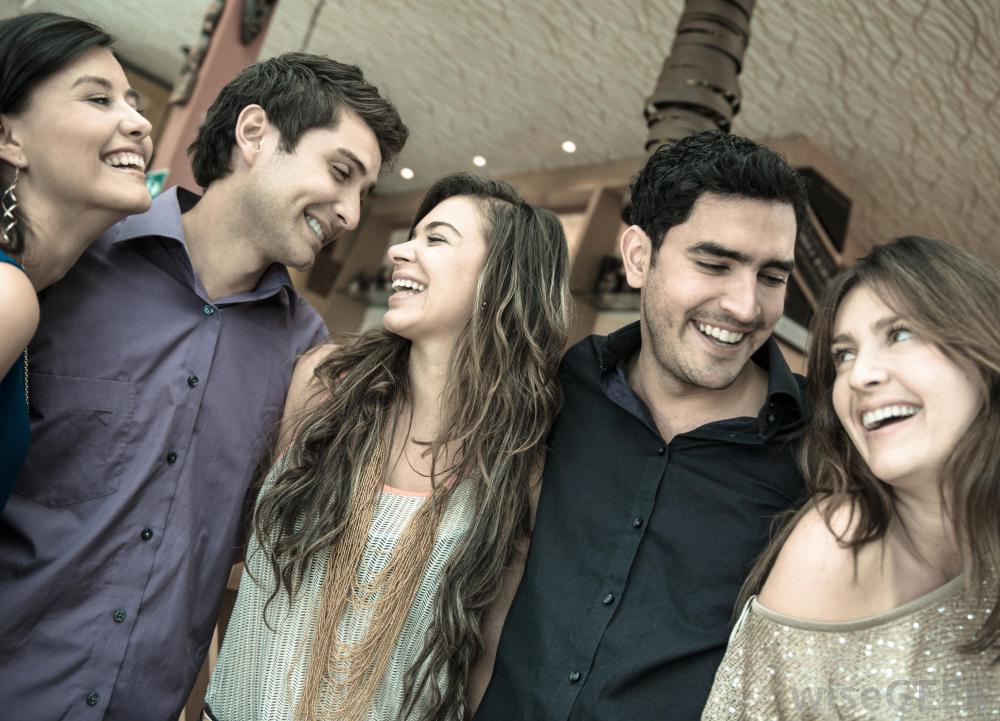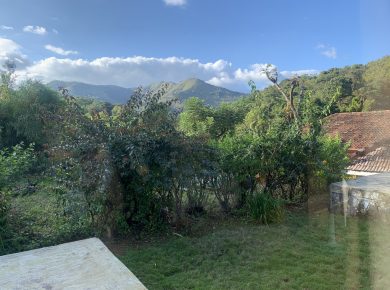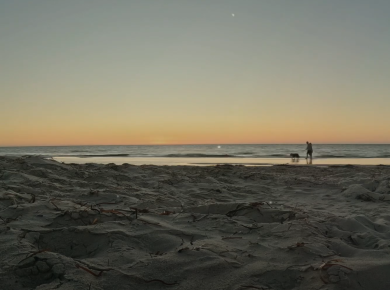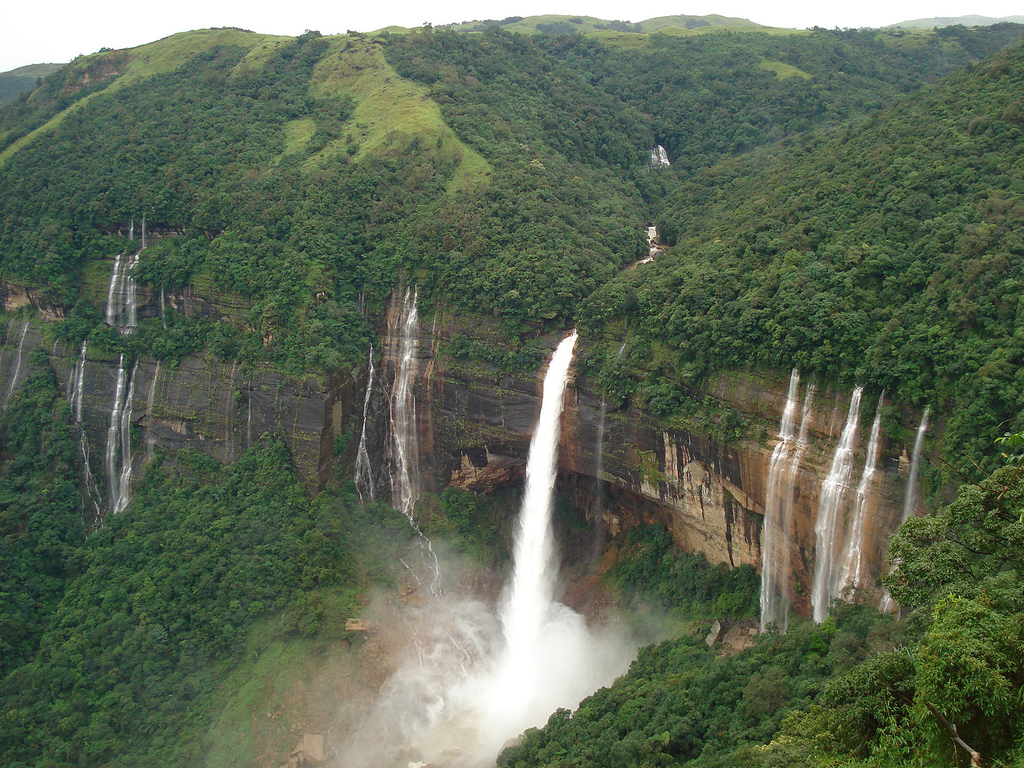In my travel blogs, I have always tried to bring you to some lesser known or lesser explored places or regions. Keeping in sync with the same, and to get you set for you some new travel goals, today I will speak about an unconventional destination – Hajo, Assam.
Hajo, Assam:
Situated on the banks of the river Brahmaputra, Hajo is a pilgrim destination and is considered to be a sacred place by Hindus, Buddhists, and Muslims. You can visit the place by road from Guwahati, which is only 24kms away.
Brief history: Hajongs, one of the tribes in the north eastern part of India, residing mainly in Meghalaya, believe that this small town used to be their ancestral home. Hajo is now a part of present Assam and falls under the Nalbari district of the state. The Hajongs regard themselves as Suryawanshi or descendants of the Sun.
History Behind Hayagriva Madhava Temple:
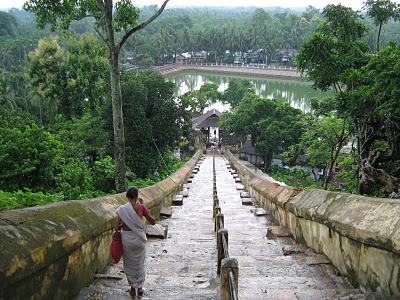
Situated on the Monikut or Manikuta hill, the temple is dedicated to Lord Vishnu. In Sanskrit, Hayagrīva means Horse face. However, at this temple, the presiding deity is worshipped as the Narasimha, incarnation of Lord Vishnu by the Hindus.
The body of the temple which is decorated by the rows of elephants, speaks in volume of the quintessential specimens of Assamese art and sculpture. There is a big pond near the temple, known as Madhava Pukhuri (pukhuri in Assamese means pond). Doul or Holi, Bihu and Janmastami festivals are the main festivals which are celebrated every year in the temple.
According to the Yogini Tantra, the origin of Lord Vishnu’s image in Manikuta is credited to King Indradyumna of Odisha.
The king had a dream, that a big nameless tree would come floating by the seashore and he had to chop that tree into seven pieces with an axe. Next morning the emperor acted according to his vision and out of the seven pieces, two were brought over to Kamarupa. With one piece of the wood, the Hayagriva image was made and with the other, the image of the Fish-god named ‘Madhava‘ was made. Hence the name Hayagriva Madhava Temple.
Kalapahar, the General of Mughal Governor Sultan Sulaiman Karrani of Bengal had destroyed the original temple of Hayagriva-Madhava. According to an inscription in the temple, the present temple was built by King Raghudeva Narayana, son of Sukladhwaj, in Saka 1505 (1583 AD).
When it was completed, it was sanctified by the sacrifice of numerous human victims. The king also donated the temple with grants of land.
The Manikuta is considered to be sacred by the Buddhists as well. Every year many Lamas from Bhutan and Tibet throng the temple to worship the god whom they regard as Mahamuni Buddha. It is believed by the Buddhists that Buddha had his Parinirvana in Kamarupa. This is substantiated by Kalika Purana and Yogini Tantra and the place was referred there as Manikuta.
Also Read: Hills & Bags In Gangtok
History Behind Hajo Powa Mecca:
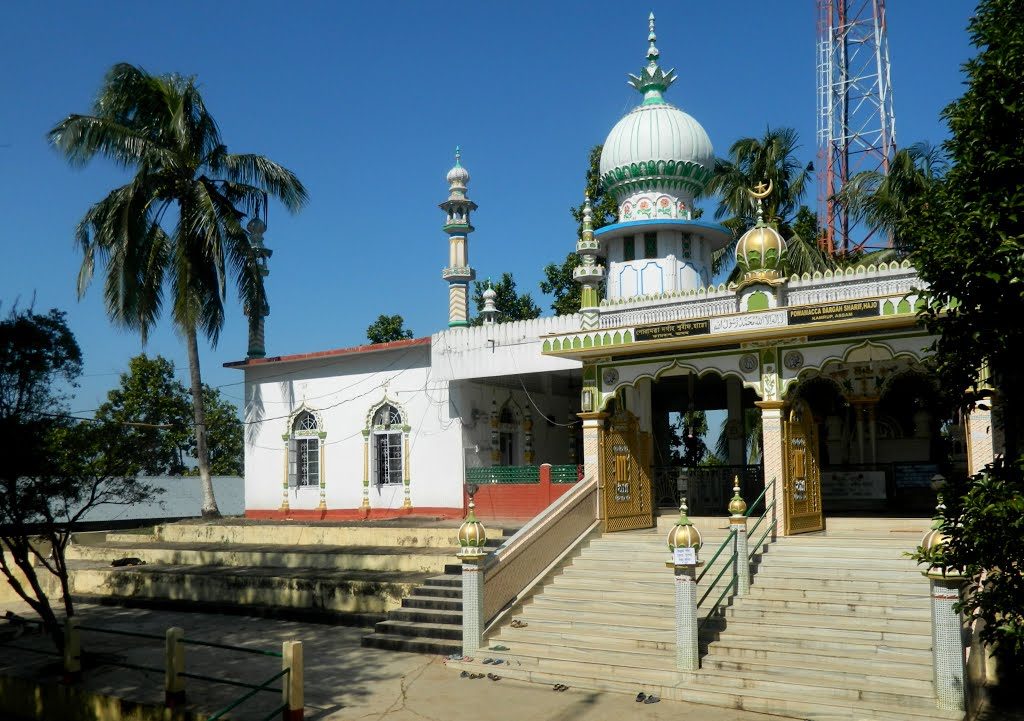
Hajo, Assam is also a pilgrimage destination for Muslims. Powa Mecca, situated on top of Garurachal hills, in Assamese means 1/4th Mecca and it is believed that the mosque has the same consecration as Mecca.
According to the locals, the mosque got its name as it was built from the soil (some believe 1/4th of the holy soil from Mecca) that was brought from the city of Mecca that’s located in Saudi Arabia, the holiest city for the Muslims. It is a wide belief that a visit to Powa Mecca in Hajo confers one-fourth of the blessings that one can obtain from a pilgrimage to Mecca itself.
The mosque is dedicated to Pir Giasuddin Auliya, and houses his tomb inside. Pir Giasuddin Auliya is believed to be the pioneer of Islam in this part of the world. The present mosque was built by Sujauddin Mohammed Shah in 1657 AD, during the reign of the renowned Mughal Emperor, Shahjahan.
The mosque is adjacent to Hayagriva Madhava Temple and all-round the year it is a much sought after place both by the Hindus as well by the Muslims. The Hindu devotees of the region visit the shrine, especially on the auspicious full moon day of the month Jaistha, according to the Hindu calendar.
Apart from these two main tourists attractions there are two more ancient temples – Kedareswara Temple and Madan Kamdev Temple in this region.
So, the next time you visit Assam, ensure that you pay a visit to these two places and enjoy the privilege of travelling back in time as well as bear the testimony of the confluence of the three major religions – Hinduism, Buddhism and Islam.
Also Read: Leh-A Trip to Remember-From Committing Mistakes to Finishing with Finesse (DAY 1)
